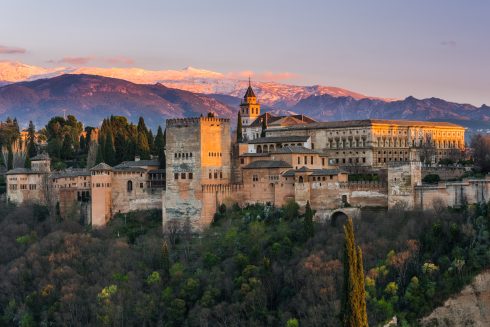THE protected cultural heritage status of bullfighting will be reconsidered by Spain’s congress after a protest campaign gathered over 700,000 signatures.
The No Es Mi Cultura (It Is Not My Culture) campaign delivered 715,606 signatures to the Electoral Commission, exceeding the 500,000 signatures required to force parliamentary consideration.
The initiative aims to repeal a 2013 law that designated bullfighting as cultural heritage, a status that provides government funding and prevents local municipalities from implementing bans.
AnimaNaturalis executive director Aïda Gascon, representing one of the organising groups, said the signature count demonstrates widespread public sentiment against maintaining bullfighting’s protected status.

The initiative has received support from various animal welfare organizations, including PETA.
Under current legislation, bullfighting enjoys special protections and funding as recognised cultural heritage, but the battle over bullfighting’s place in modern Spain has intensified over the past two decades.
Catalunya banned the practice in 2010, becoming the second Spanish region after the Canary Islands to do so.
However, Spain’s Constitutional Court overturned the Catalan ban in 2016, ruling that regional governments couldn’t prohibit a practice protected under national cultural heritage laws.
Supporters of the tradition maintain it represents an important aspect of Spanish cultural identity and provides economic benefits to rural communities.
Recent surveys suggest changing public attitudes toward the practice, with polls indicating approximately 80% of Spaniards oppose using animals in bullfights.
Over 125 Spanish municipalities have symbolically declared themselves against bullfighting, though they cannot currently enforce bans under the 2013 law.
READ MORE: Spain’s ‘greatest bullfighter’ Morante de la Puebla quits over mental health concerns
The shift in public opinion has already influenced major institutions, with Spain’s largest newspaper El País and specialised channel Canal Toros recently ceasing their coverage of bullfighting events, citing declining public interest.
The Congress will now be required to consider the initiative, though no timeline has been set for the parliamentary debate.
The practice’s protected status has deep political roots. During Francisco Franco’s dictatorship (1939-1975), bullfighting was promoted as a symbol of Spanish national identity.
In the years following Spain’s transition to democracy, it became increasingly contested, with critics viewing it as a remnant of the country’s authoritarian past and supporters defending it as an art form central to Spanish culture.
Under current legislation, bullfighting enjoys special protections and funding as recognised cultural heritage.









